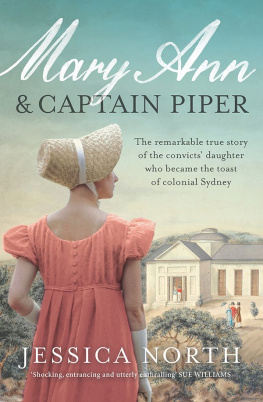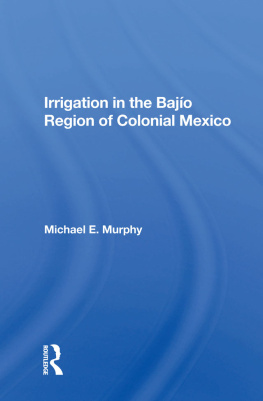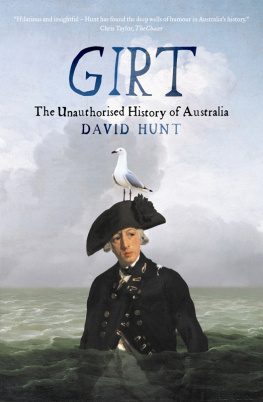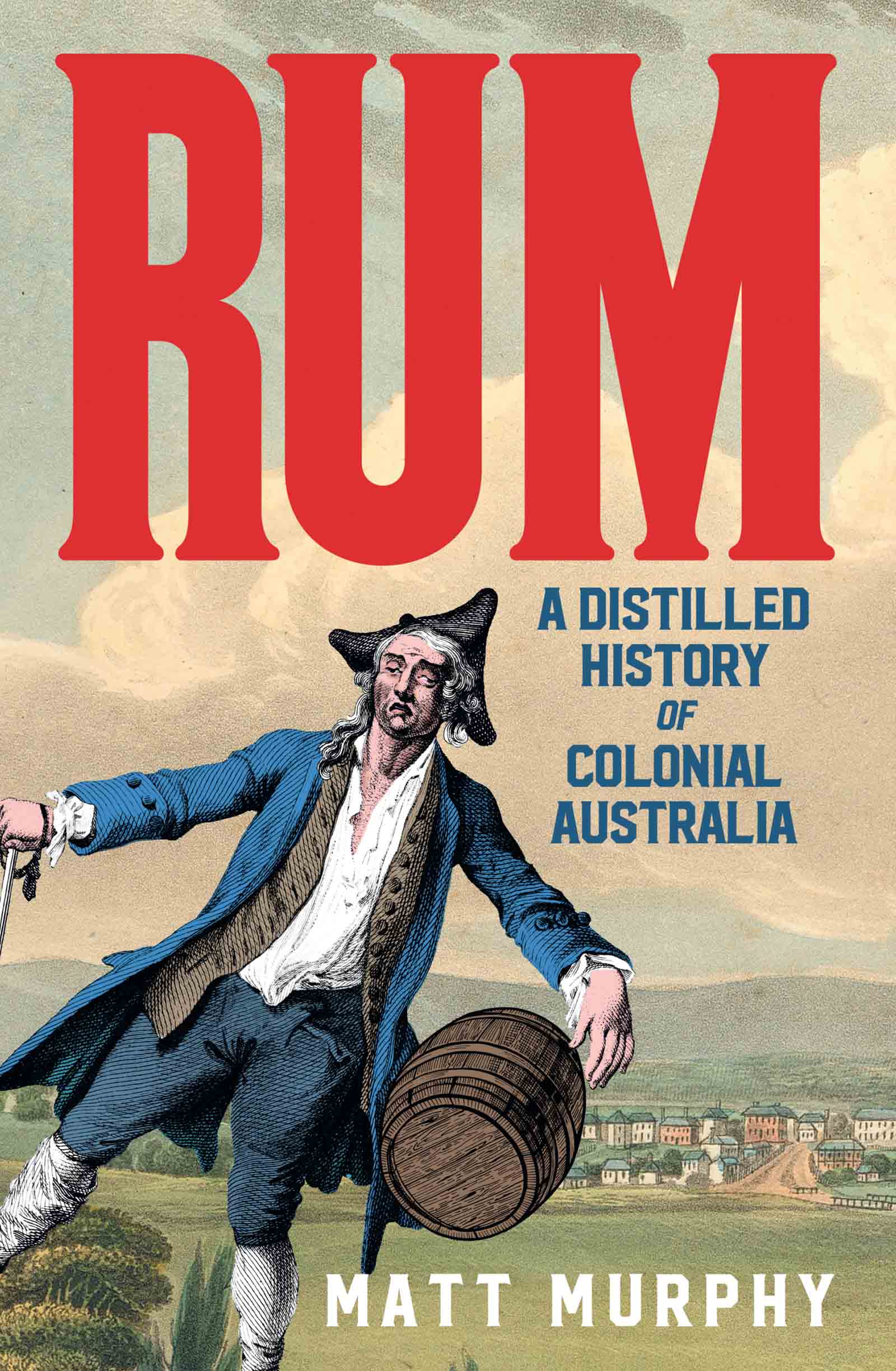When distilling rum it is normal to sift the nasty elements and scum from the surface as they appear. In order to keep the rest pure, the top 5 per cent of the liquid, known as the heads, should also be discarded as it contains methanol, which can be lethal if ingested. For the same reason it is also safest to let the most potent vapours that rise to the top of the still escape into the atmosphere. These nasties not only adversely affect the spirits taste, they also make the rum more volatile if they remain.
The crude and unpalatable nature of the spirits in colonial Australia is similar to how the European settlement of Australia was established. Rather than being skimmed off the pure essence, or being allowed to harmlessly vaporise and escape, many harmful characters were, instead of being separated from the rest of the brew, actively stirred back in.
This book is full of distractions, digressions and at least six instances of people without their pants on, but it is ultimately the story of rum and the extent to which it infused, impacted and influenced every aspect of colonial Australian society.
The hardiness of some of the insects deserves to be mentioned. A beetle was immersed in proof spirits for four hours, and when taken out crawled away almost immediately. It was a second time immersed, and continued in a glass of rum for a day and a night, at the expiration of which time it still showed symptoms of life.

The five stages of inebriation Stage one
Where did the word rum come from, and what does it mean?
There are about as many contenders for the origin of the word as there are etymologists with theories. The French spelling of rhum has led some to consider that the word derived from the Greek word rheum, meaning flow. Other theorists point to words like aroma or saccharum, the latter being the genus of plants to which sugar cane belongs, or the Sanskrit roma, which means water.
Most researchers, however, favour an article published by Trinity College in Dublin in 1651 titled Description of Barbados, which notes the chief alcoholic drink they made on the island was a hot, hellish, and terrible liquor known by its locals as rumbullion. Another article only a decade later about the nearby Dutch colony of Surinam refers to a spirit derived from sugar cane known simply as rum. But all may not be as simple as it seems, as rumbullion is also a Devonshire word meaning great tumult, and it is understood that there were settlers from Devonshire in Barbados at that time who possibly witnessed the great tumult that drinking the fiery liquid created.
Associated Devonshire words from that era include berummaged, which means confused; rumgumption, which means courage and confidence; rumbustious, meaning boisterous; rambunctious, meaning difficult to control; and the simple word rumble. There is no direct evidence that these words derive from rum, but researchers are keen to point out that all these words evolved shortly after the rise in popularity of the spirit in England and by no coincidence describe the effects of excess consumption.
The most famous slang term for rum is Nelsons Blood. The story goes that when Nelson was killed at Trafalgar in October 1805, his body was kept in a cask of rum to preserve it. As the body was being returned to London, thirsty sailors tapped the cask to drink from the liquid supporting the corpse.
Evolutionary scientists have pointed to New Guinea as the original home of the Saccharum officinarum plant, known commonly as sugar cane. From there it travelled along trade routes through Indonesia, reaching mainland Asia by about 400 BC. It is believed it was the Indians who first squeezed the cane to get juice, which they called sidhu or gaudi, in about 320 BC. From there it made its way to Persia and the Middle East, and was renamed sukkar. It then made its way across north Africa and into Spain when the Moors invaded in 711. There the cultivation of the plant intensified, with more than 75,000 acres dedicated to growing sugar cane.
After Columbus bumped into the West Indies while searching for the East Indies in 1493, a voyage financed by the Spanish royal family included 1500 passengers eager to seek their fortune in the New World. Sugar cane was planted in Puerto Rico in 1508, and by 1520 throughout the West Indies as well as mainland South America and Mexico. By 1516, the New World was exporting sugar back to Spain. But still, no one was distilling it.
With only a small proportion of the raw material becoming crystallised sugar, the amount of waste, particularly when production was stepped up, became unmanageable. Surely the thick syrup that accumulated in the bottom of the boiling vats had a better use than feeding it to cattle or slaves?
The poor slaves were being forced to eat the stuff, sometimes after it had been left to ferment in the hot Caribbean sun. It was they who first realised the by-products potential. By the mid-17th century, the dregs, known in Spanish as melasses, began earning a lot more respect.
*
In 17th-century Europe, the art of distilling wine was practised by alchemists for medicinal purposes. Wine was not distilled for pleasure, but rather because it was believed drinking it would retain youthfulness and prolong ones life. It was very costly and considered the preserve of sovereigns. It was in France that the practice of distilling eau-de-vie, pure alcohol, was first introduced for the masses by vinegar-makers.
It didnt take long for the penny to drop. Suddenly, colonising lands with warmer climates became very popular. The Spanish, French, English, Danish, Portuguese and Dutch all developed sugar plantations in the West Indies or adjacent American mainland.
A crucial turning point came in 1688, with the succession of Dutchman William III to the English throne. He encouraged adding juniper berries to the surplus grain stocks to make what was called jenever. The British contracted it to gin and the spirit soon became the speediest escape route for Londons poor from their menial and difficult lives. It was not long before the spirit was being condemned as the principal cause of all the vice & debauchery committed among the inferior sort of people in a way that the less intoxicating beers and wines did not. Within 50 years the British Parliament was passing Acts and increasing taxes on the retailing of gin in an attempt to curtail its production. In 1743, England was drinking ten litres of gin per person per year, but the taxes, licence fees and particularly the rising cost of grain meant that the so-called gin craze was over by the 1760s.
Rum was easier and cheaper to produce once the crucial ingredient, sugar, was obtained. By the late 18th century, sugar was both cheap and abundant. In England, the consumption of rum rose from 200 gallons in 1698 to more than 2,000,000 gallons in 1771.
Rum had definitely arrived, though by the time of the First Fleet in 1788, the consumption of spirits in England was in decline and continued that way over the next 100 years, steadily being replaced by beer and porter. There were, however, two groups of people for whom hard drinking had not abated the lower classes and the navy. Herein lies the predicament: modern Australia was founded by Britains lower classes and the navy.
Naval vessels can spend many weeks away from port. Understandably, ensuring sufficient food and water for the crew was and is of utmost importance. Before refrigeration became commonplace, shipboard food generally consisted of salted meats stored in vats of brine; some flour that could be made into simple bread; sugar; perhaps some rice; and in later years some salted cabbage, or sauerkraut, which was fermented in barrels.












